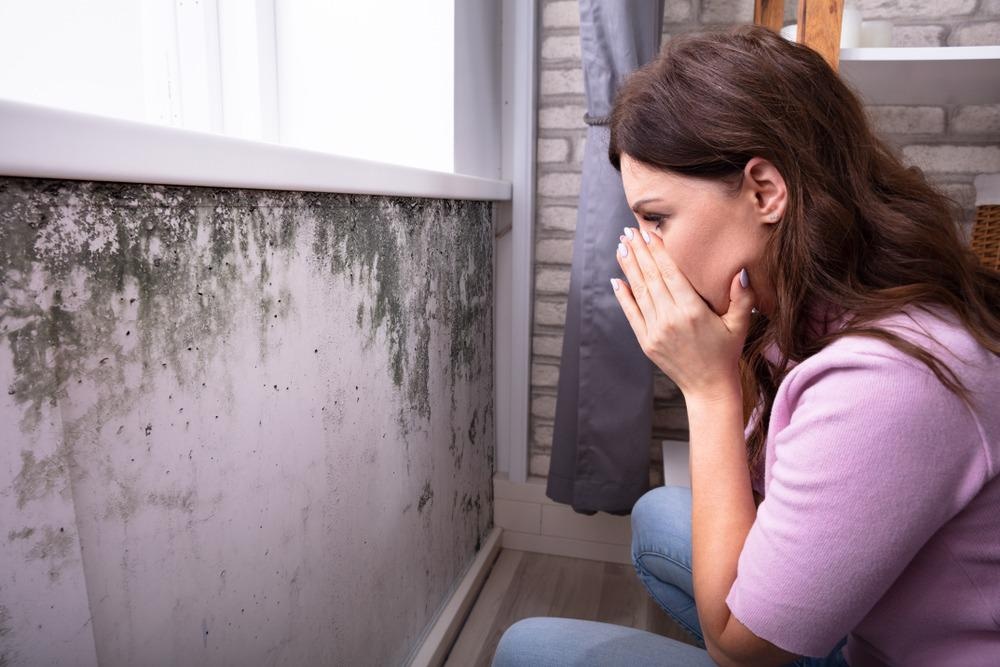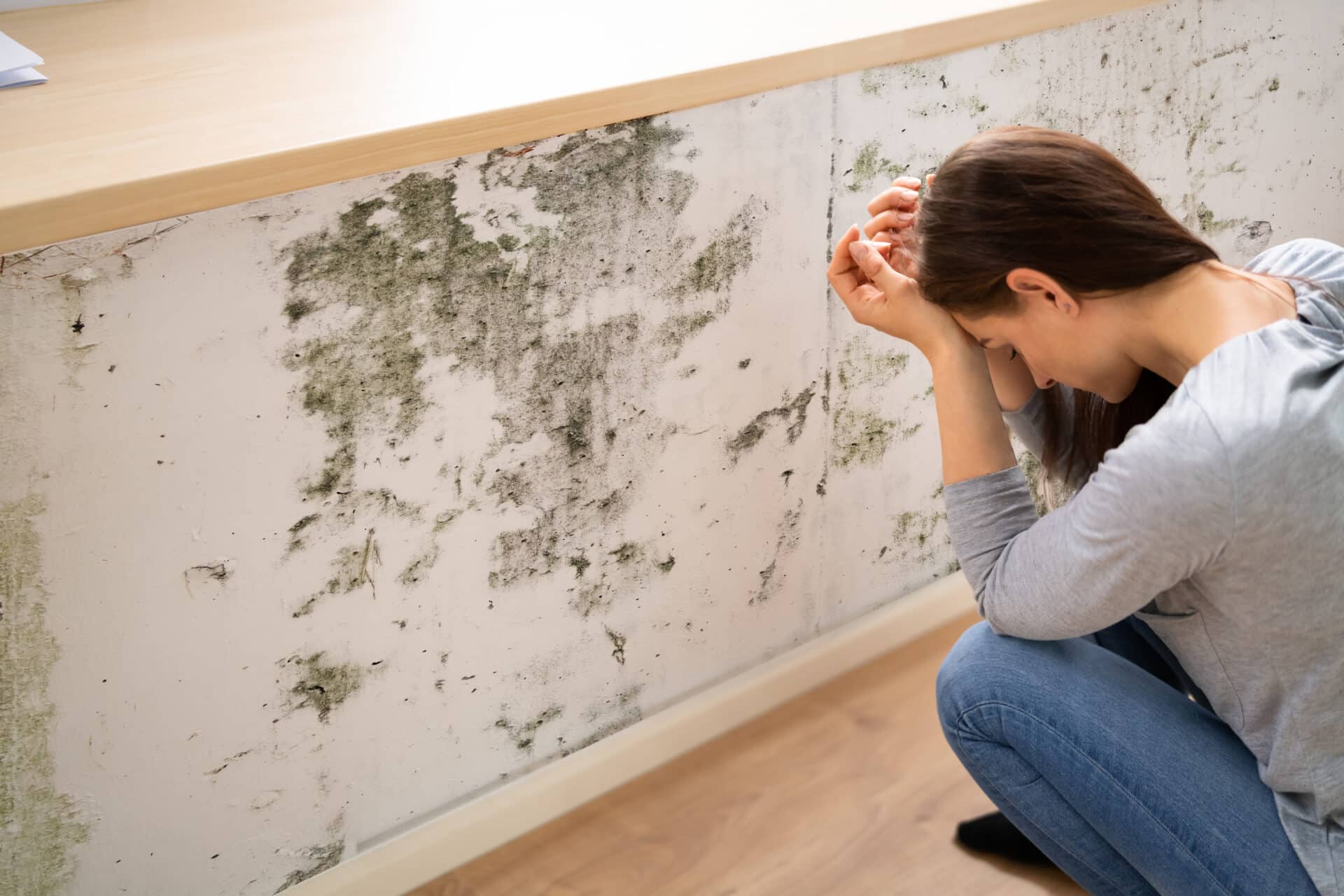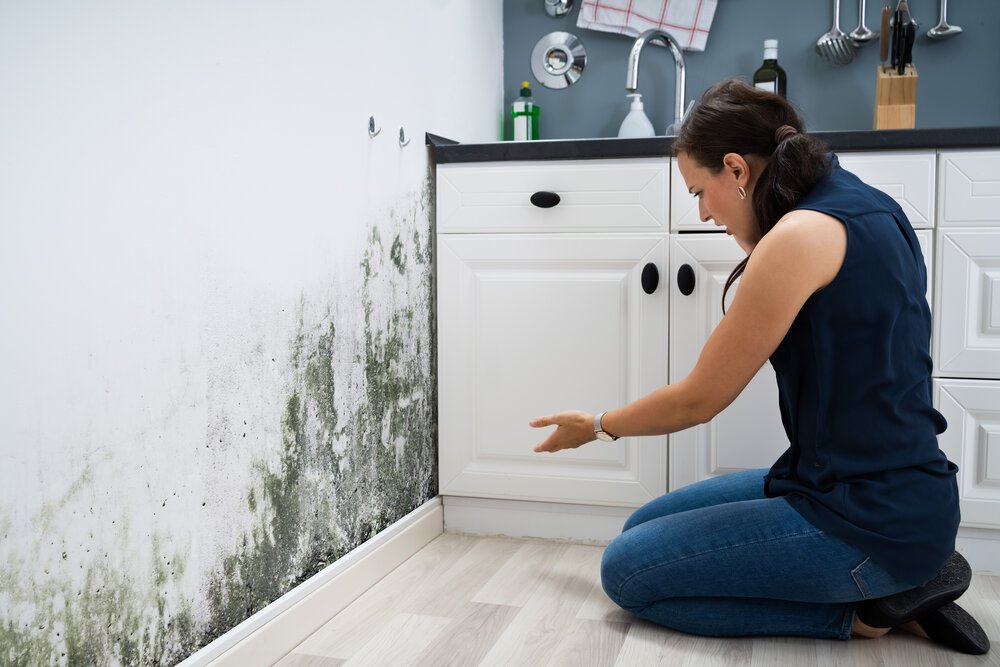Mold can be a silent and hidden threat lurking within the walls and corners of your home, potentially causing significant health risks to you and your family. From respiratory issues to skin irritations, mold exposure can lead to a range of health problems that should not be taken lightly.
In this article, we will delve into the three main health risks associated with finding mold in your house and provide practical solutions to effectively address this common household issue. It is crucial to be proactive in identifying and resolving mold problems to ensure a safe and healthy living environment for everyone in your home.
1. Identifying Mold in Your Home: Signs and Symptoms to Look For

Identifying mold in your home is crucial for maintaining a healthy living environment. There are several signs and symptoms to look for that may indicate the presence of mold.
These include musty odors, visible mold growth, and water stains on walls or ceilings. In addition, individuals may experience health issues such as coughing, sneezing, or worsening asthma symptoms when exposed to mold spores.
If you suspect mold growth in your home, it is important to address the issue promptly to prevent further health risks and potential damage to your property.
2. The Health Risks of Mold Exposure: Respiratory Issues, Allergies, and More

Exposure to mold in your home can have serious health consequences, particularly when it comes to respiratory issues and allergies. Mold spores can trigger asthma attacks, worsen existing respiratory conditions, and cause symptoms such as coughing, wheezing, and shortness of breath.
For individuals with allergies, mold exposure can lead to sneezing, itching, and watery eyes. In more severe cases, prolonged exposure to mold can even result in long-term respiratory problems and respiratory infections.
It is essential to identify and address mold growth in your home to protect both your health and the health of your family members.
3. Solutions for Handling Mold in Your House: Prevention, Removal, and Maintenance

Handling mold in your house requires a multi-faceted approach that includes prevention, removal, and maintenance. To prevent mold growth, it is important to address any water leaks or moisture issues promptly.
This includes fixing leaking pipes, repairing roof leaks, and ensuring proper ventilation in areas prone to high humidity. Regularly cleaning and maintaining your home can also help prevent mold growth.
If mold is already present, it is crucial to remove it properly to avoid health risks. This may involve hiring a professional mold remediation company or using DIY methods such as cleaning with vinegar or hydrogen peroxide.
Finally, ongoing maintenance to prevent moisture buildup and regularly inspecting for mold growth can help keep your home mold-free. Taking these proactive measures can help ensure a healthy living environment for you and your family.
Conclusion
In conclusion, finding mold in your house can pose serious health risks if left untreated. The presence of mold can lead to respiratory issues, allergic reactions, and exacerbate existing health conditions.
It is important to conduct a thorough mold assessment to identify the source of the mold and to implement proper solutions to address the problem. By taking proactive measures to remove mold and prevent its growth, you can safeguard your health and the health of your loved ones.
Remember, when it comes to mold, prevention is key to maintaining a safe and healthy living environment.


